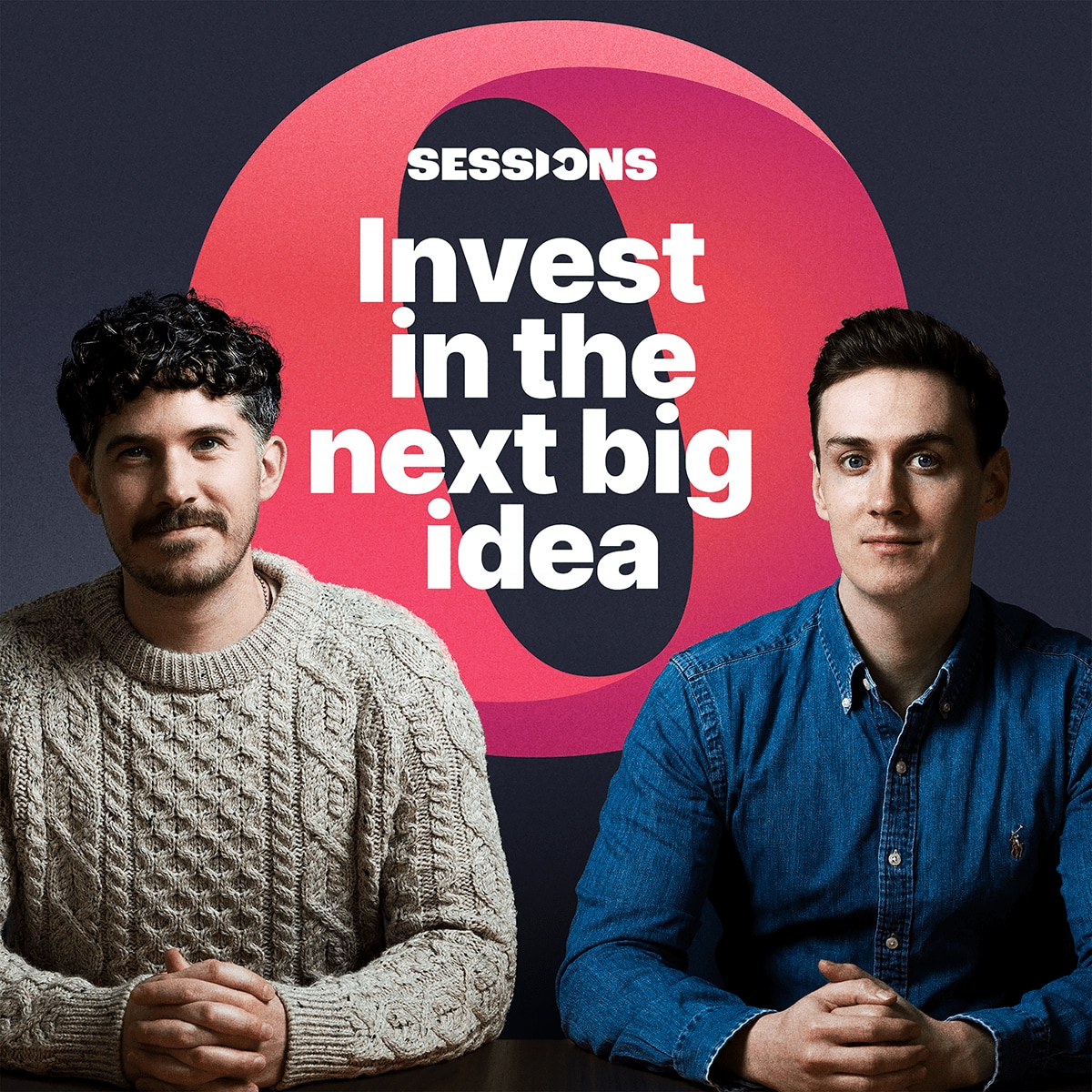Pieter Slegers got his start earlier than most.
At the tender age of 13, he opened a brokerage account with earnings from his summer job, and began to live and breathe investing.
One Friday night years later he decided to start a Twitter account to share his investing knowledge — anonymously, at first, because his employment meant it was illegal to speak openly about investment.
He chose the name Compounding Quality to sum up his investment mantra: “Let the magic of Compounding do the work for you by investing in Quality Stocks.”
Two years later, Compounding Quality has more than 500,000 followers on X and LinkedIn and more than 400,000 readers on Substack.
As part of an ongoing collaboration, Slegers sat down with OPTO Sessions to discuss his investment strategy, the characteristics of great companies and why it’s always important to do the math.
What Makes a Company Great?
Slegers says his investing strategy is quite straightforward.
“I think it’s a perfectly valid strategy to invest in the best companies in the world. It’s a strategy that has outperformed the market in the past.”
His approach to investing takes plenty of inspiration from Warren Buffet. The Oracle of Omaha, like Slegers, follows the Benjamin Graham school of value investing, meaning that he looks for stocks that are low-priced relative to their intrinsic value. The strategy has paid off, making Buffet one of the richest people in the world.
It’s hard to overstate the value of great companies, Slegers asserts. In the case of Buffet, “if you took away the 10 best investments of Berkshire Hathaway [BRK-B], nobody would have heard of him.”
But what, according to Slegers, is the first factor he looks for when searching for great companies? Simply put, “skin in the game”.
Some 70% of Compounding Quality’s portfolio is invested in owner-operated stocks, meaning they are either headed by the founder, or the founding family has a significant stake. This “guarantees that the manager, the CEO, the founder, will never intentionally make a decision that will harm share the creation of shareholder value.”
The data back up this practice — a 2015 Harvard Business Review study found that the S&P 500’s founder-led businesses performed 3.1 times better than the rest over the 1989–2014 period.
Learning to Say No
Given the number of stocks out there, finding the really good investments poses a real challenge. Rather than crunch the numbers for thousands of companies, Slegers suggests investors “look at investing like a funnel”.
“I think today investing is all about saying no as soon as possible... you have so many opportunities, so much information is available. When someone asks me, ‘what do you think about company X or company Y’, I try to find a reason to say no within 90 seconds.”
Slegers uses a set of six criteria to help him sort out the potential winners from the potential losers.
First and foremost, he looks for a company with a clear competitive advantage in a given market, also known as a moat. Think companies like Starbucks [SBUX] or Visa [V], which offer a unique product or have such strong brand recognition they are unlikely to be unseated as market leader for years to come.
A solid economic moat is one of the most important factors that make for a great company, as Compounding Quality recently detailed on OPTO’s Foresight Substack.
As the second criteria, he looks for founder-led companies, which tend to excel in matters of innovation and shareholder value, as discussed.
As the third, he examines the firm’s capital intensity. “The less capital a company needs, the better, because it can use more capital to invest in growth.”
The fourth criteria — capital allocation — can make or break a great business.
“When you have a large, listed company, often someone becomes a CEO because they are the best salesperson within the business, the best marketing officer, they have the best product knowledge, and so on. And then, all of a sudden, they need to make capital allocation decisions, but they have no experience doing so.”
Two identical businesses that make different capital allocation decisions, he explains, will end up with radically different results.
High profitability, the fifth criteria, is relatively easy to gauge. This means higher net income after taxes, especially if that income is translated into higher free cash flow. A high-performing stock with low free cash flow could be the result of financial engineering rather than intrinsic value, whereas high free cash flow suggests the company is investing in growth.
“Earnings are an opinion, cash flow is a fact,” Slegers says.
Lastly, the company should display attractive growth. Digital payments and weight loss, for example, are classic examples of growth markets, but Slegers also points to urbanization, with an elevator manufacturer like Otis Worldwide [OTIS] boasting steady growth to match its intrinsic value.
Do The Math
Even with such clear criteria for investing, Slegers admits that the skill lies in buying great companies “at fair valuation levels”.
“Even the best company in the world can be a horrible investment when you overpay,” he says.
At Compounding Quality, he uses three techniques to determine a company’s valuation.
First, he compares the forward P/E ratio with the company’s historical average. Next is earnings growth. “Your expected return is always equal to the EPS growth, plus the dividend yield, plus or minus the change in valuation,” he explains.
The third valuation method he uses is a classic discounted cash flow formula, which uses a company’s estimated future cash flows to predict its valuation.
A large part of the content Slegers publishes via Compounding Quality is geared to teaching investors these key formulas for gauging a company’s intrinsic value.
While keeping abreast of developments affecting the company is important, he warns new investors to do always the math: “If an investment isn’t a buy based on a back-of-the-napkin calculation, it’s probably not good enough.”
Listen via Apple Podcast, Spotify, or watch on YouTube.
List of sources
[1] https://hbr.org/2016/03/founder-led-companies-outperform-the-rest-heres-why
[2] https://www.investopedia.com/terms/d/dcf.asp
Disclaimer Past performance is not a reliable indicator of future results.
CMC Markets is an execution-only service provider. The material (whether or not it states any opinions) is for general information purposes only, and does not take into account your personal circumstances or objectives. Nothing in this material is (or should be considered to be) financial, investment or other advice on which reliance should be placed. No opinion given in the material constitutes a recommendation by CMC Markets or the author that any particular investment, security, transaction or investment strategy is suitable for any specific person.
The material has not been prepared in accordance with legal requirements designed to promote the independence of investment research. Although we are not specifically prevented from dealing before providing this material, we do not seek to take advantage of the material prior to its dissemination.
CMC Markets does not endorse or offer opinion on the trading strategies used by the author. Their trading strategies do not guarantee any return and CMC Markets shall not be held responsible for any loss that you may incur, either directly or indirectly, arising from any investment based on any information contained herein.
*Tax treatment depends on individual circumstances and can change or may differ in a jurisdiction other than the UK.
Continue reading for FREE
- Includes free newsletter updates, unsubscribe anytime. Privacy policy


